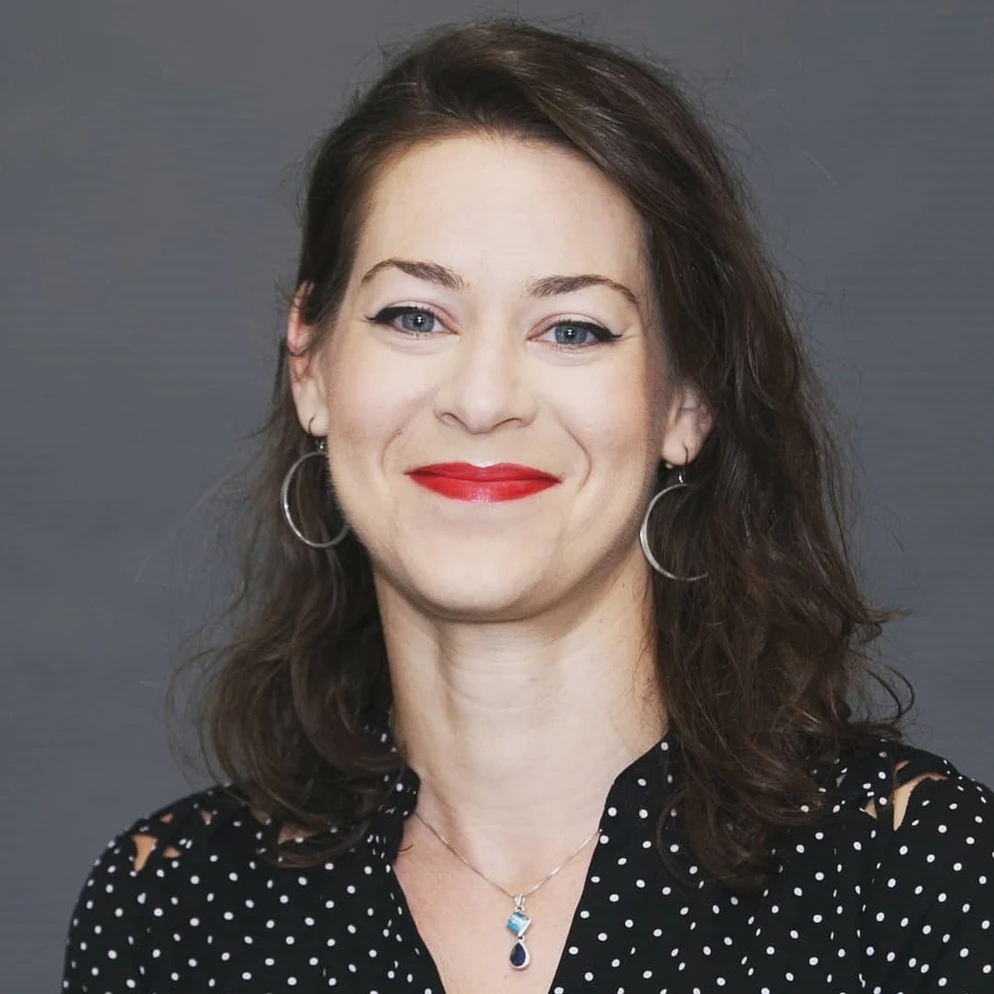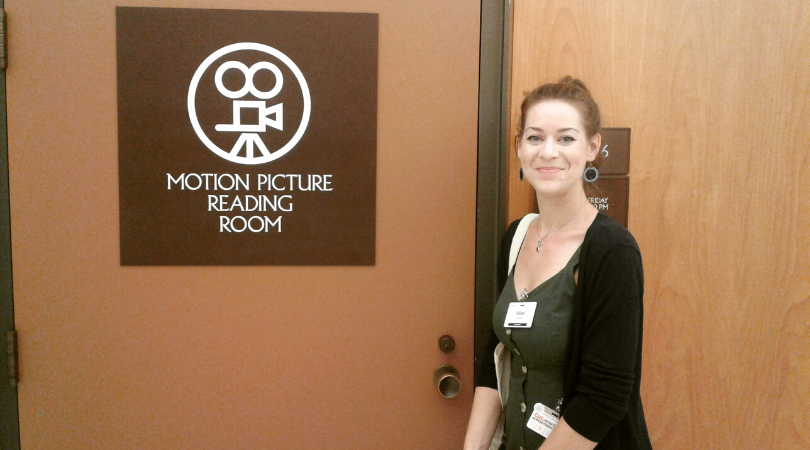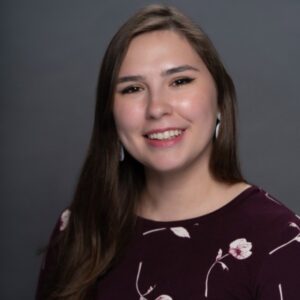
Jillian Glantz is an up-and-coming filmmaker and historian focusing her most recent documentary projects on the history of smaller, underrepresented groups of people in the Rio Grande Valley. After growing up in Dallas, Glantz found herself searching for a suitable career path. “I spent my first two semesters after high school at The University of Texas- Arlington… And I hated it,” she explained. “Then I tried college at The University of Texas in Austin. I spent a semester there, and hated it more.” To the dismay of her parents, Jillian then decided to take a break from school to pursue her dreams of learning the ins and outs of filmmaking. “I didn’t follow a traditional path,” Glantz explained. “But I knew myself best.”
For the next decade, Glantz spent her time working and travelling and finally settled near the Texas-Mexico border. With a little push from a friend, Glantz decided to try school again at the University of Texas- Rio Grande Valley. This time was different. With a political science major, two minors, and new opportunities for growth, Glantz fell back in love with school. She had found a place where she could pursue her love of both filmmaking and history.
While Glantz pursued her Bachelor’s degree, she started a documentary project highlighting Jewish history in the Rio Grande Valley. “I grew up in a Jewish household,” Glantz said. “And you wouldn’t think there are a lot of Jewish people in an area that is predominantly Catholic and Latinx.” After a fair amount of research, however, Glantz learned that there is rich Jewish history in southern Texas. She submitted the research topic for a media project in one of her classes— Her professor liked the topic so much that she supported Glantz to pursue the topic as a short documentary, and after two years of hard work, as a feature length film.
Before a trip to D.C. to attend the national Ignite Women’s Conference, Glantz found an email in her inbox from the Library of Congress’s section on crypto-Judaic studies asking for submissions to their collection. Glantz responded with information about her documentary, and was invited to submit the film. While in D.C., she personally handed in her documentary to become a part of the Library of Congress’s archives. “Anyone can go in the Library and request to see my documentary and watch it in a viewing room there,” Glantz explained. “I’m pretty happy about that accomplishment… For me it was a good reminder, after following a non-traditional path, that everything was going well… And that everything will continue to work out the way it’s supposed to.”
Glantz’s work has not gone unrecognized by her community. United States Congressman Vicente Gonzalez, reached out to Glantz to congratulate her for her work. “He represented me when I lived in Texas’ 15th Congressional District, and I got to meet with his staff on both of my visits to D.C. in 2018 and 2019 while lobbying on climate change legislation and women’s issues,” Glantz said. “He heard about my documentary being added to the Library of Congress and sent me an official letter of congratulations.”
Continuing in her accomplishments, just last year, Glantz graduated with her Bachelor’s with a 4.0 GPA and hopes to attend graduate school in the future. Her next project? Studying and bringing to light Black history in the Rio Grande Valley and some of its lingering mysteries. “Next to my college campus, there’s a historic black cemetery,” Glantz began. “We don’t exactly know how it came into being. We don’t even know exactly who is buried there and for how long they’ve been buried there.” Some Rio Grande Valley residents involved in the Community Historical Archaeology Project with Schools Program at UT-RGV have searched the area using radar technology to find unmarked graves— What they’ve found were bodies buried one on top of another. Glantz has since teamed up with a local historian, Valerie Ramirez, to talk to Black residents and continue Ramirez’s work of gathering their oral histories and uncover the mysteries before the residents pass away. Glantz discovered, through one of her professor’s research endeavors, stories of a lesser known “underground railroad” to help people escape enslavement in the Southern United States by going to Mexico. “The Valley was kind of a safe haven for slaves at the time,” Glantz explained. “It was one of the very few places in Texas where slavery didn’t exist.”
While working on this project and applying for graduate programs, Glantz has lived in Houston to work as a teaching assistant in an elementary school. She shared some advice that she wishes she would have known when she was starting her career: “I think I would have just told myself to slow down… Don’t worry about things so much. Let things happen and just go with it. Don’t have this idea constantly in your head of the way things are supposed to be. You know yourself best, just keep going.”




